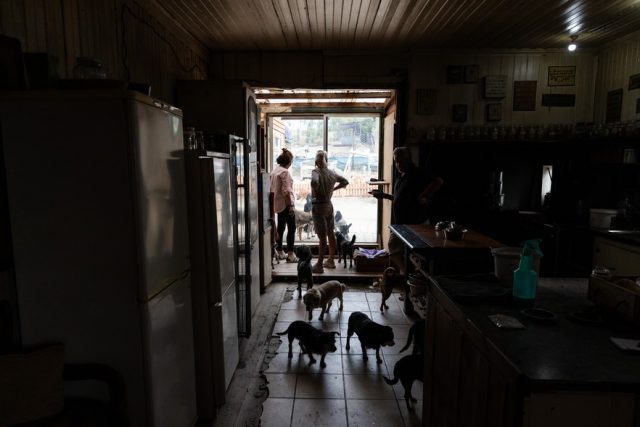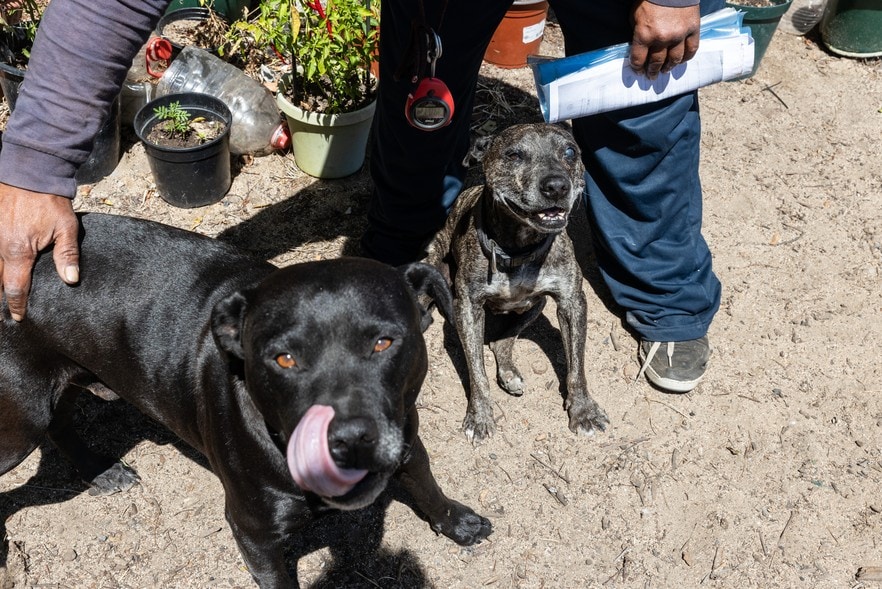By Ashraf Hendricks, GroundUp
A dog may be a person’s best friend, but when it comes to homeless people’s animals, there seems to be little sympathy. Few shelters will welcome homeless people’s four-legged companions.
Nico and Amanda von Wielligh found themselves unemployed and homeless in George about a year ago. Because they had nowhere to go, they slept outside a church with their two dogs – Seuntjie and Tinkles.
“Living in the cold streets was not fair to the dogs. They are basically our children,” said Nico.
And because they didn’t know what else to do, they decided to instead give the dogs to the Animal Protection Society (SPBA) after which the couple moved into a homeless night shelter.
“It was very difficult and we didn’t want our dogs to suffer,” said Amanda.
After a week, the SPCA introduced the couple to Roscan Sanctum – a sanctuary for people with dogs.
And this is where Nico and Amanda have been living with their two four-legged children for more than a year now.
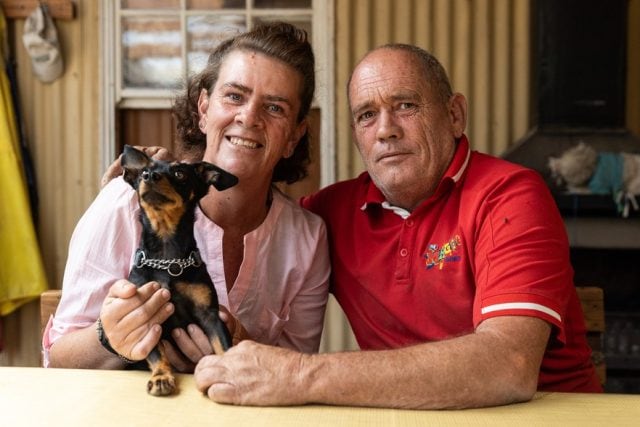
Roscan Sanctum is one of a kind. This refuge is located in the Karoodorp Touws River and cannot exactly be called a shelter.
It is a piece of land of 48 ha, with numerous dogs and farm animals such as sheep, pigs and geese. The land has several wooden houses with beds, as well as camps for the animals. There is also a woodworking shop and a greenhouse – and they refer to themselves as a “self-sustaining, voluntary village”.
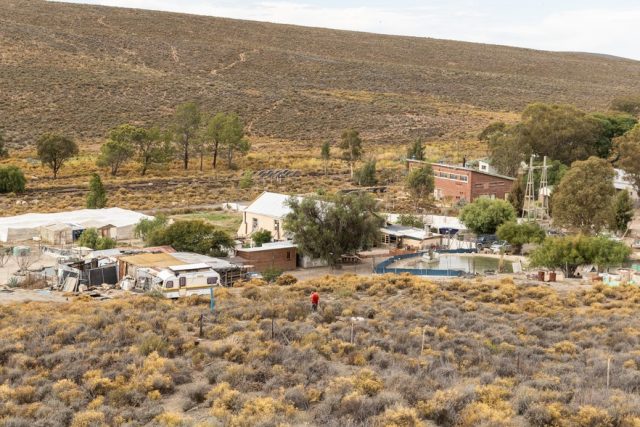
Everyone who lives on the farm gets three meals a day and has access to the internet. It is free to live there and most of the residents’ needs are met.
The residents do farm work, gardening, woodworking and cooking. They make sure that all the “household chores” are done, with more than 40 dogs roaming freely. Living here also means that you shower once a day and sit at the table together for dinner.
“We try to treat everyone like our own family,” says Duncan Briggs, who started the retreat with his wife, Rosemary, in 2015.
It was initially just for dogs, but in 2017 the Briggs couple started working with people too. This included families with children, the elderly and people with pets.
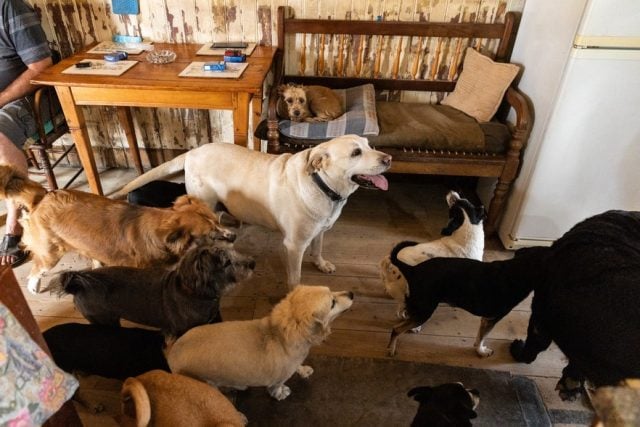
A total of 17 people, including the founders, as well as 49 dogs currently live on the farm.
“There is a lot of synergy between broken people and dogs,” says Duncan. He believes that dogs can be therapeutic and “very good for people who feel lost”.
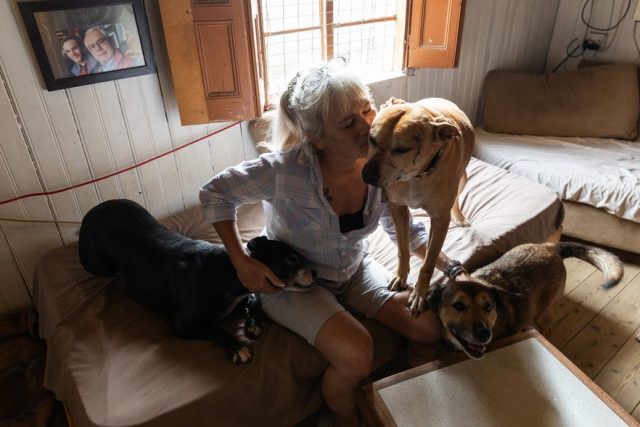
The safe haven serves as a kind of “halfway house” to help people find their feet again, find work, or reconnect them with their families. They also help with administration such as obtaining identity documents, driving licenses and preparing CVs, as well as placing older people in nursing homes.
Most of the people who came to live here were referred by the SPCA or shelters.
“They must be referred to us and we will give them a chance, but we have rules,” says Duncan.
He says that people who have been living on the streets for a long time and have become “accustomed” to living like that, are not simply taken in on the farm.
“A lot of people don’t like the structure and discipline here. The safe harbor is completely against drug and alcohol use and it is not allowed here at all.”
In the past five years, more than 200 people have lived on the farm.
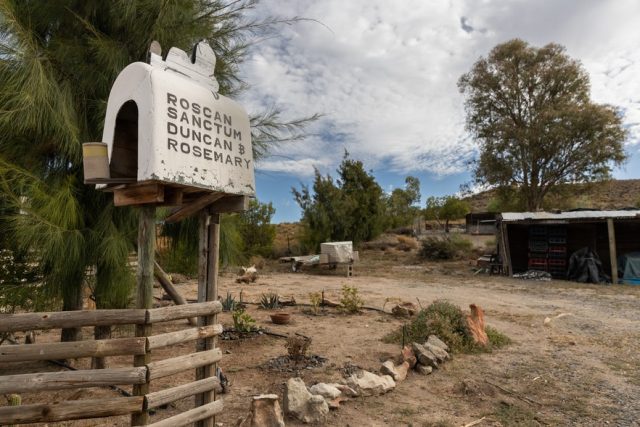
However, the operating costs of Roscan Sanctum amount to around R70 000 per month.
According to Duncan, their biggest expenditure is food and approximately R40 per day per person is budgeted for this.
They also go through about 30 bags of dog food per month which costs more than R2 500. “Then there are the other livestock that have to be fed and cost more than R10 000 per month.”
Rosemary says the vet bills for 49 dogs are also a lot. “It easily costs R5 000 per month for just the basics, such as vaccinations and flea treatments.”
Roscan Sanctum generates income through woodwork, building projects, food products, donations and income from the nearby Impangele Mountain Lodge in De Doorns. According to Rosemary, they will always need donations for food and clothes.
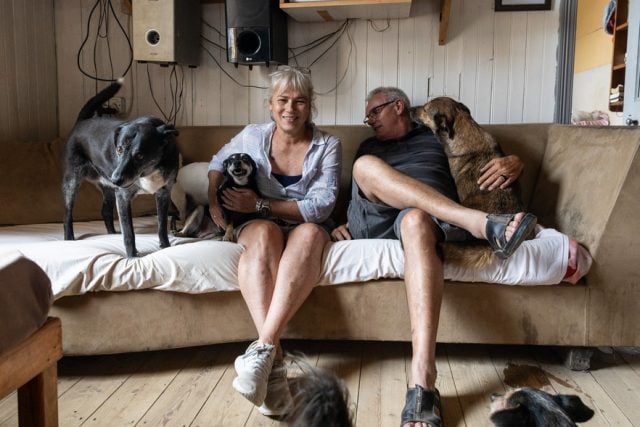
James Killa has been living in a tent on a piece of public land in Constantia for more than 20 years. He keeps the place neat and clean and manages to get by with donations from the community and money for gardening. He has two dogs who live with him – Madam and Joshua.
“I’m not going to leave my dogs,” was his answer when he was asked why he didn’t go to a shelter.
“They are my friends. We play together, we eat together, we sleep together and we pray together.”
Killa says the shelters are too expensive and he is not interested in going to a place he knows nothing about. At the age of 51, Killa has been homeless for more than half his life and has lived in numerous places across the peninsula.
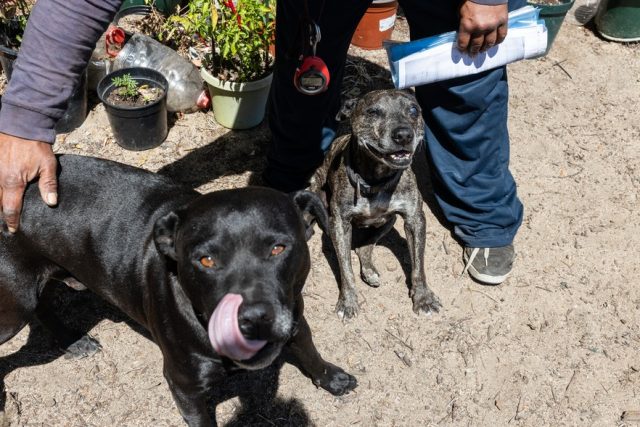
Patricia van der Ross, MEC for community services and health in Cape Town, says their shelters are not equipped for pets.
“Our shared spaces aim to accommodate all customers, taking into account possible fears or allergies that some people may have to certain animals.”
Van der Ross believes that pets bring a number of safety considerations in common spaces, such as anxiety, conflict and damage to property.
“The city does not have the necessary resources and infrastructure to adequately support people who live on the streets with pets,” she explained.
Cherina Strydom, resident of Constantia, and a few other residents, are happy to help Killa.
“We feed the dogs and we give him monthly groceries and he helps with gardening and keeps the area clean.”
Strydom approached GroundUp after Killa received a notice from law enforcement that he must leave the ground.
She is now very worried that he might be forced to move and says a solution must be found so that he is not separated from his dogs.
“The fact that he has been taking care of his dogs for so many years now shows that he is able to care and take care.”
She believes that taking the dogs away from him will only make his life worse. “They are a family,” she explained.
Strydom says she understands the limitations at the shelters, but believes “the city must do more”.
“We need another solution,” after which she made the proposal to connect the homeless and animal shelters.
Strydom says maybe homeless people can volunteer at animal shelters. “Everyone who is homeless and has an animal shows they can care,” she says.
- This post originally appeared on GroundUp and is used with permission.
